By Neil J Kanatt and Prerna Bedi
(Reuters) -Hasbro raised its annual revenue and core profit forecasts on Thursday, banking on strong demand for its digital games including “Magic: The Gathering”, at a time when tariff uncertainty looms over the all-important holiday season.
The toy industry, which relies heavily on its manufacturing hubs in regions including China, risks a significant hit from the tariffs, with a recent threat of a 100% duty on Chinese imports further clouding the outlook.
Hasbro rolled out job cuts and a $1 billion cost-savings program earlier this year to cushion any likely hit. The company has also said it plans to bring its reliance on Chinese imports to about 40% from 50% by 2027.
“We managed tariff volatility with agility, protected margins through cost productivity and pricing discipline,” finance chief Gina Goetter said in a statement.
Peer Mattel maintained its annual outlook after missing third-quarter revenue and profit on Tuesday, as retailers delayed orders due to an uncertain economic outlook.
“Even with retailers taking a cautious approach to restocking, Hasbro’s core brands — from Magic: The Gathering to Monopoly Go — are doing the heavy lifting,” eMarketer analyst Zak Stambor said.
Shares of the toymaker, which have climbed more than 34% so far this year, were flat in volatile premarket trading.
Hasbro expects annual revenue to increase by high-single-digits, compared with prior expectations of mid-single-digit rise.
It also expects adjusted EBITDA – earnings before interest, taxes, depreciation, and amortization – to be between $1.24 billion and $1.26 billion, compared with its previous $1.17 billion to $1.20 billion forecast.
Revenue rose 8% to $1.39 billion in the third quarter ended September 28, beating analysts’ average estimate of $1.34 billion, according to data compiled by LSEG.
Revenue in its Wizards of the Coast and Digital Gaming segment jumped 42%, compared to a 5% decrease a year earlier.
Adjusted profit per share of $1.68 also topped estimates of $1.63.
(Reporting by Neil J Kanatt and Prerna Bedi in Bengaluru; Editing by Pooja Desai and Sriraj Kalluvila)
By Neil J Kanatt and Prerna Bedi
(Reuters) -Hasbro raised its annual revenue and core profit forecasts on Thursday, banking on strong demand for its digital games including “Magic: The Gathering”, at a time when tariff uncertainty looms over the all-important holiday season.
The toy industry, which relies heavily on its manufacturing hubs in regions including China, risks a significant hit from the tariffs, with a recent threat of a 100% duty on Chinese imports further clouding the outlook.
Hasbro rolled out job cuts and a $1 billion cost-savings program earlier this year to cushion any likely hit. The company has also said it plans to bring its reliance on Chinese imports to about 40% from 50% by 2027.
“We managed tariff volatility with agility, protected margins through cost productivity and pricing discipline,” finance chief Gina Goetter said in a statement.
Peer Mattel maintained its annual outlook after missing third-quarter revenue and profit on Tuesday, as retailers delayed orders due to an uncertain economic outlook.
“Even with retailers taking a cautious approach to restocking, Hasbro’s core brands — from Magic: The Gathering to Monopoly Go — are doing the heavy lifting,” eMarketer analyst Zak Stambor said.
Shares of the toymaker, which have climbed more than 34% so far this year, were flat in volatile premarket trading.
Hasbro expects annual revenue to increase by high-single-digits, compared with prior expectations of mid-single-digit rise.
It also expects adjusted EBITDA – earnings before interest, taxes, depreciation, and amortization – to be between $1.24 billion and $1.26 billion, compared with its previous $1.17 billion to $1.20 billion forecast.
Revenue rose 8% to $1.39 billion in the third quarter ended September 28, beating analysts’ average estimate of $1.34 billion, according to data compiled by LSEG.
Revenue in its Wizards of the Coast and Digital Gaming segment jumped 42%, compared to a 5% decrease a year earlier.
Adjusted profit per share of $1.68 also topped estimates of $1.63.
(Reporting by Neil J Kanatt and Prerna Bedi in Bengaluru; Editing by Pooja Desai and Sriraj Kalluvila)

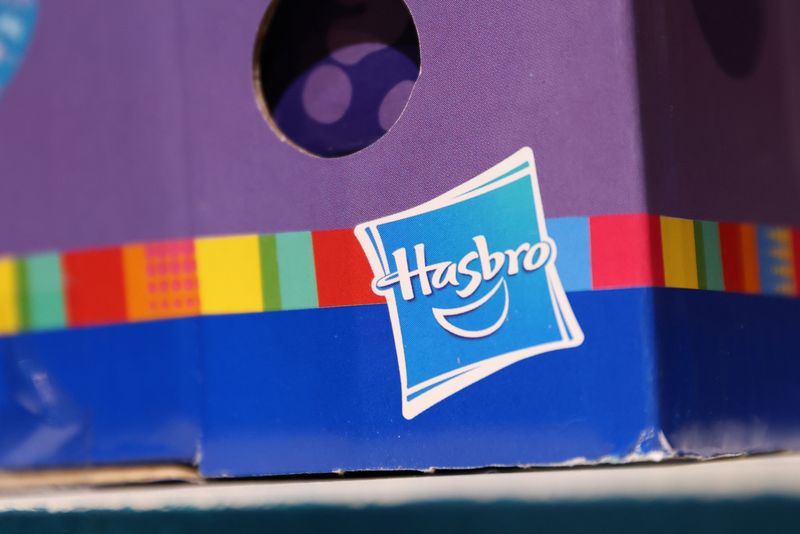
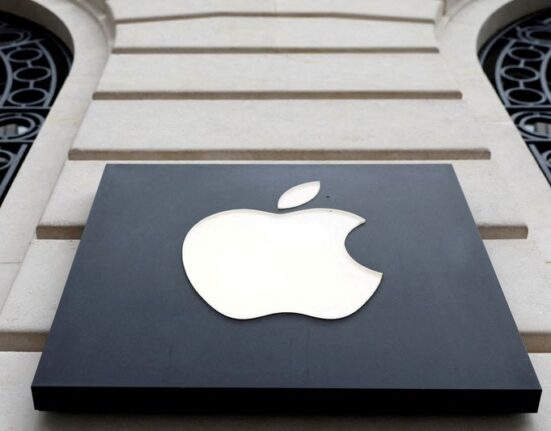



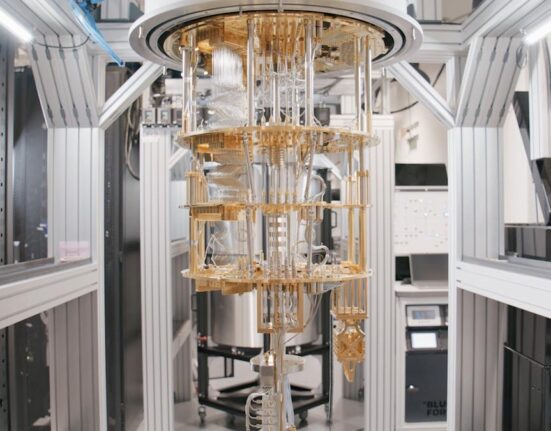

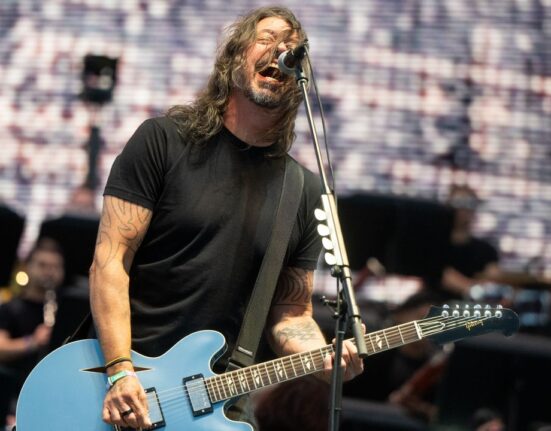

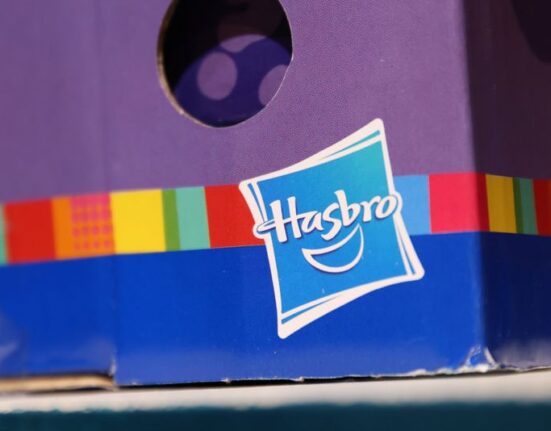
Leave feedback about this